Changing the way we drive
I have been writing about the electric vehicle (EV) industry for some time now, tackling various issues and concerns regarding the Philippines’ phased transition to EV from gas- and diesel-powered motor vehicles. But truth be told, I have not actually driven an EV myself until a few weeks ago when Audi Philippines introduced the new Audi Q8 E-Tron.
My thanks to former BusinessWorld colleague Brian Afuang for the invitation to view up close and personally try out the new fully electric Audi Q8. It has been around 20 years since I gave up my weekly motoring column, and the Audi event was a great opportunity to reconnect with old friends and other motoring journalists.
More importantly, the event gave me a new perspective on EVs. You see, I am late in the game when it comes to driving electric, or hybrids for that matter. I have never owned such vehicles, and to be honest, up until recently remained unconvinced of the urgency to shift to hybrid or EV. Heck, I still own a gas-guzzling 1975 Range Rover classic with a V-8 engine.
But driving the Audi Q8 E-Tron even for just a short time made me realize how extensively technology has been changing the motoring industry. And it is not just the internal combustion engine that is being replaced. Most everything else connected to “old school” motoring seems to be on the way out with all the “computers” now in our cars.
Despite my background in electronics, having gone to a technical high school, I have always been averse to more electronics in cars. Thus, my natural liking for motor vehicles with limited electronics, for old-school technology. To date, all the cars I own use either gas or diesel fuel, are rear-wheel drives, and have ladder frame chassis — all old-school tech.
I entered this era of EVs with much skepticism. I doubted the range and lifespan of EV batteries; EVs’ ability to survive the heat of our summers and our typhoons and floods; and the local motoring industry’s capability to deal with EV repair and maintenance issues. I also questioned the economics of purchasing an EV relative to fluctuations in fuel prices and the limited number of charging stations.
All told, my sense of things told me not to put my hard-earned money on any EV just yet, especially given the premium on its sticker price compared to gas- or diesel-powered cars. And not until more charging stations are put up inside and outside of Metro Manila. Even hybrids, given their price premium over ordinary vehicles, I felt were still not very accessible to many of us. I will make the jump perhaps when EV prices come down — or when gas or diesel cars are no longer sold.
The Audi Q8 E-Tron, obviously, is only for the wealthy few who can afford its price tag of P6.25 million for the base variant and P7.25 million for the top-of-the-line variant Q8 E-Tron 55 Quattro. It is, obviously, not the every-man EV. It has a claimed range of up to 600 kilometers and can wade in about half-meter of flood water. These two features are the game-changers that tempered my skepticism. My Audi Q8 E-Tron experience revealed a realm of possibilities.
In so short a time, the EV industry has gone a long way in producing better-built cars. And with continuous investments in research and development, technology changes so fast that upgrades now come in shorter cycle times. So, if an Audi Q8 E-Tron can have a claimed range of 600 kilometers today, which was unheard of a couple of years back, then I am sure by next year even more EVs will start trumpeting longer ranges as well. And I would not be surprised if Audi, by 2024, retails EVs with ranges over 600 kilometers.
The Ford Mustang Mach-E has a claimed range of 372 miles (595 kilometers) while the BMW iX has a claimed range of 380 miles (608 kilometers). The newer Tesla Model 3 claims a range of 389 miles (622 kilometers). By next year, with newer battery technologies, many models will probably be looking at ranges of 700-800 kilometers, thus mitigating the urgency of making more “charging” stops or needing to access more charging stations. A game changer.
Upgrades and development with respect to weather and the elements are also surely forthcoming. I have always doubted if EVs could wade in floodwater, even the shallow ones. After all, one would generally assume that “electric” cars will not do well in “wet” environments. But lo and behold, the Audi Q8 E-Tron can wade through 500 mm of water. Like many others, I also dipped the car in the big tub of water and came out unscathed. Again, in just a short time from now, I am certain Audi and other EV makers will be going for even deeper wading depth. More important, EVs are proving to be real all-weather vehicles.
But the greater revelation for me is how driving an EV was like not driving at all. I did not feel any strong engine vibration, or heard much noise from the engine compartment as I drove around the track. There was no engine revolution or automatic shifting to “feel.” Initially, I found this disconcerting. But, after a while, I began to appreciate the quiet engine and the silent drive. And I am certain, after such an experience, many motorists will start turning to EVs as well.
And this now prompts me to believe that with the market putting a greater premium on comfort and convenience, and fuel “savings,” EVs might just turn the corner sooner than later and become the initial choice for new car buyers. Better range, and ability to navigate wet environments, are big pluses. And with EVs now coming in various configurations, customers have a greater variety to choose from.
During my time in the Audi Q8 E-Tron, I did not dare touch any of the buttons or switches, for fear of disrupting any of the “settings.” For the car, in the truest sense, was being run by a network of small computers — by artificial intelligence — that worked with each other to control all the moving parts and components to ensure the optimum configuration for the drive. All I did was gently step on pedals, steer the wheel, and enjoy my first EV experience.
Marvin Tort is a former managing editor of BusinessWorld, and a former chairman of the Philippine Press Council

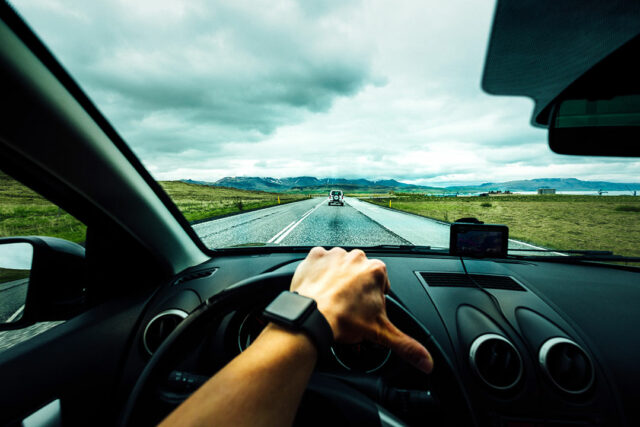
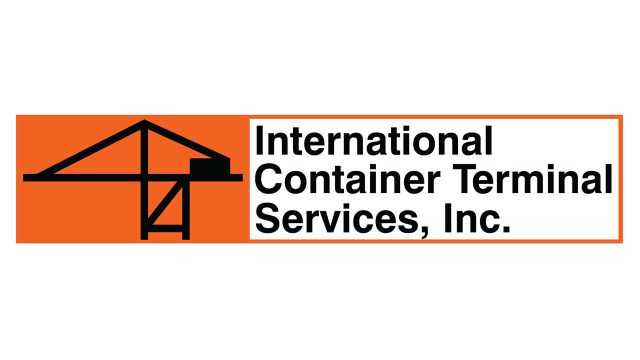





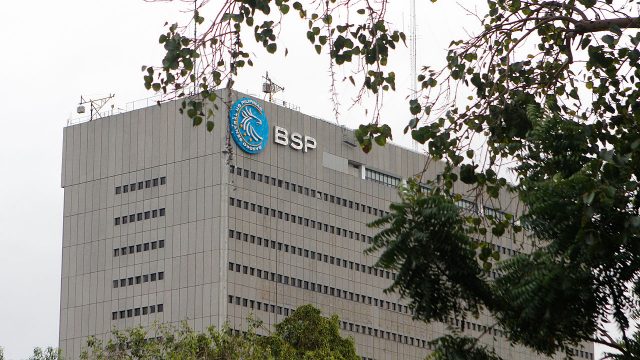
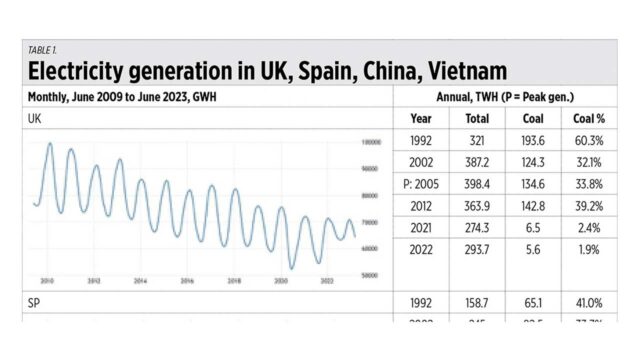
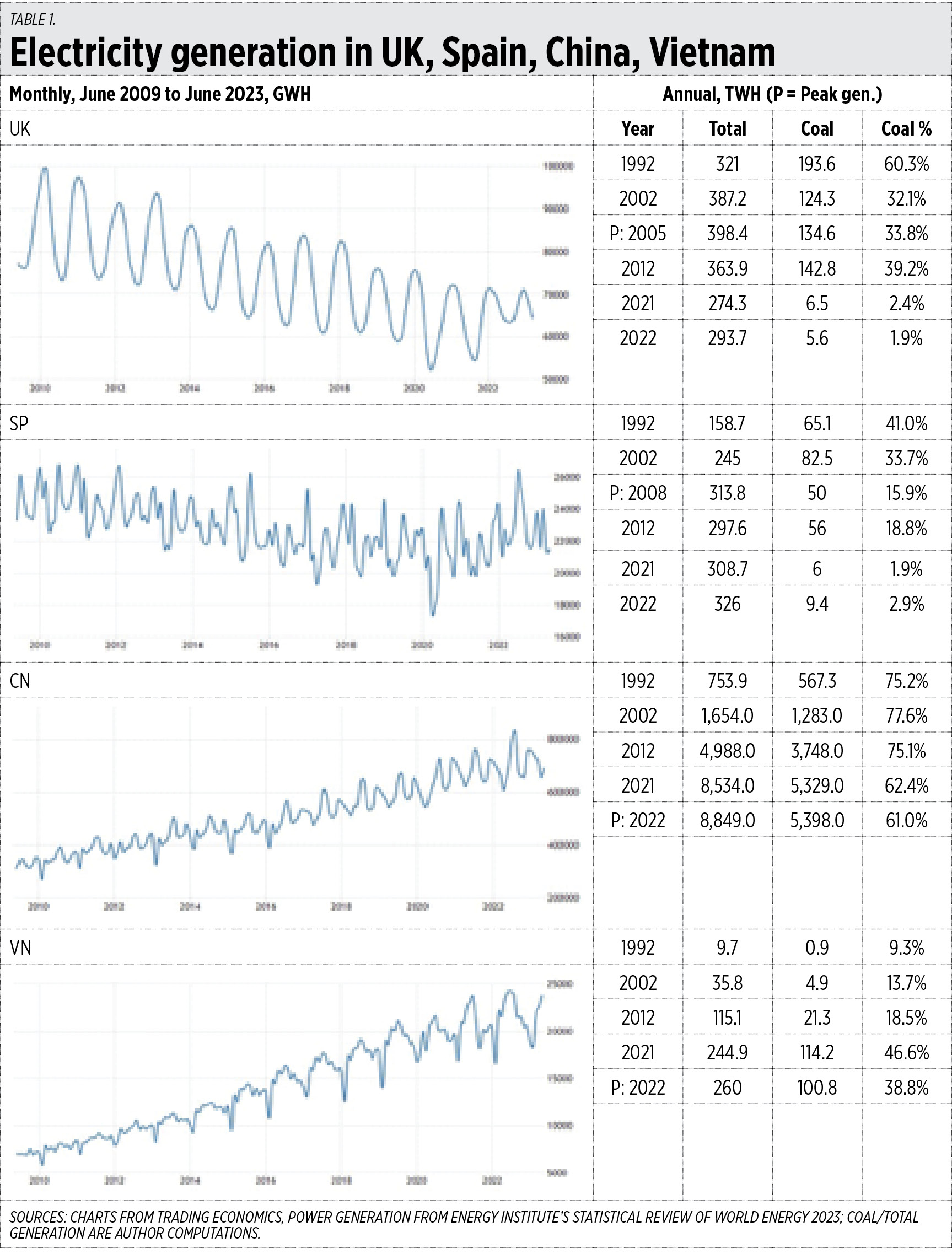
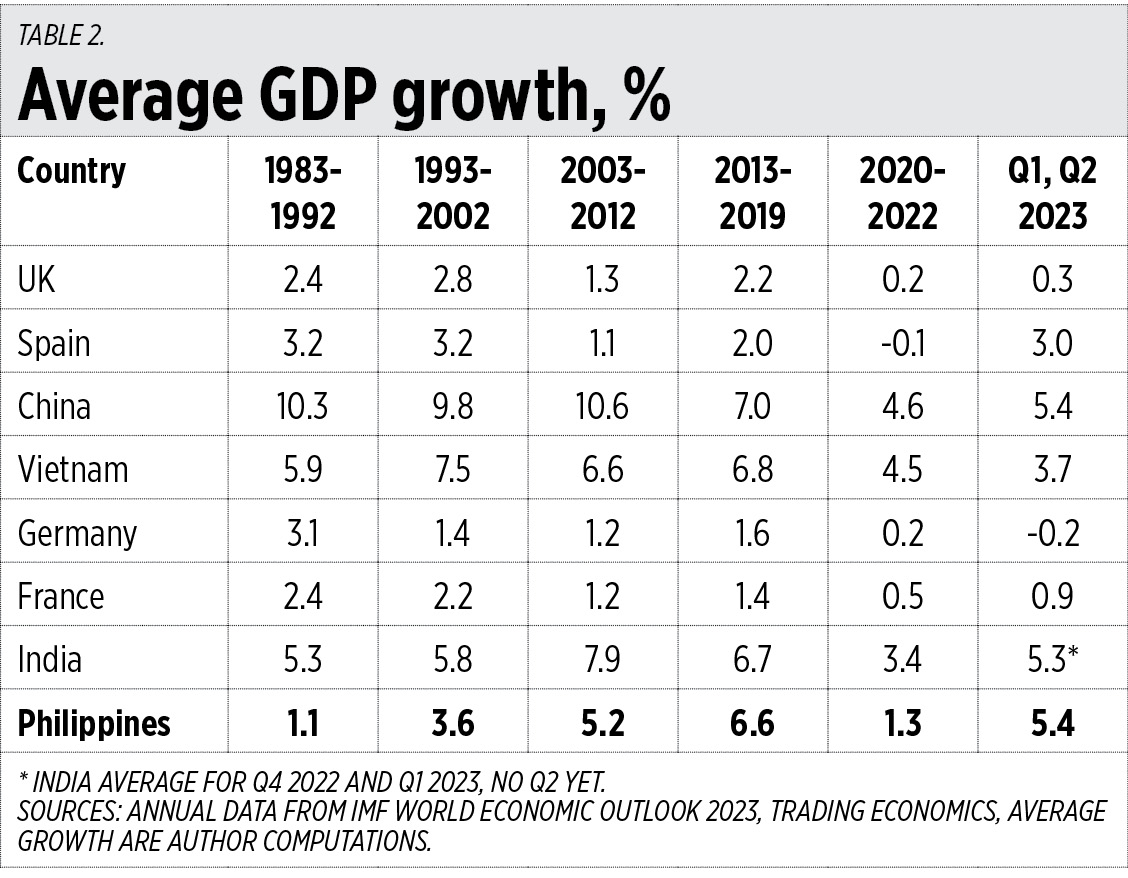



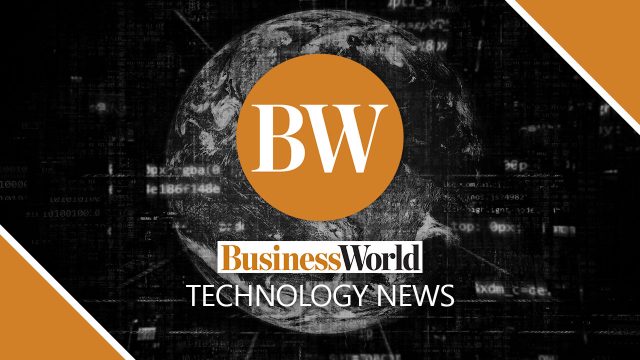
To bring back the office, bring back lunch
IT HAS been nearly two years since corporate America reopened, and employers are still struggling to get people back into the office. Just ask Jamie Dimon, Chief Executive Officer of JP Morgan Chase, who has been pushing for in-office-work, yet 30% of his workers remain hybrid and he continues to face pushback.
So allow me to make a modest proposal. This fall, to get people back to the office, US employers need to do something radical, something bold, something (gasp) very French: They need to buy their employees lunch — a proper lunch, in a restaurant.
There are no sad desk salads in France. Eating in the workplace is prohibited. Since 1962, French employees have received meal vouchers as part of their compensation. The vouchers used to be paper tickets, but now they are usually loaded on to a plastic card, which can be used to buy lunch at local restaurants. Both employers and employees contribute to the card — the former tax-free — with employers paying 50% to 60% of the lunch’s value.
The voucher can be used for a meal up to 19 euros, though that limit was doubled during the pandemic to help struggling restaurants. The number of meals an employee gets each month depends on the number of days he or she works; one meal voucher can be provided for each full workday, provided the meal occurs during the workday.
Like most efficiency-focused Americans, I always looked upon this system with a mixture of amusement and horror. I saw it as the sort of thing that can only happen in France. A law against eating at your desk? Talk about uncivilized. I prefer a quick lunch, thank you, so I can finish work and get home sooner. And as nice as a free lunch sounds, benefits are never really free; they usually mean a lower salary. Once again, thank you but I’d prefer the cash.
But I am rethinking my aversion to the French lunch voucher system because I fear the US workplace is stuck in what we economists call a sub-optimal equilibrium. Working together, in person, is important for training and workplace culture — especially for younger workers who require mentoring. Over time, working from home even a few days a week can mean lower productivity and less engagement with work.
I also worry about what working from home does to a society that is increasingly isolated and lonely. Not to mention all the struggling businesses in America’s downtowns. Foot traffic in downtown San Francisco is at only 32% of its 2019 level. New York is at 67%. Office vacancies remain elevated. Despite pleas and even threats from their bosses — many of whom are also WFH, at least part of the time — or free food in the office pantry, not enough people are going back.
So what if there were such a thing as a free lunch — not metaphorical but actual? A lunch that lasts an hour (maybe more) may be just the incentive you need. Especially at a nice restaurant in the middle of the day. It makes you feel so sophisticated. More important, it will involve making plans to get you out of the house. And while you shouldn’t be required to eat with your colleagues, maybe you will want to, which will improve morale and help restore the connections lost in the years of working from home. Perhaps you will even invite your junior coworkers.
True, there may be some productivity losses. Some people will take lunch breaks that are too long, especially if wine is involved. But working from home indefinitely might mean even more lost productivity. And any losses from lunch should be measured against the economic boost it would provide the restaurant sector.
The voucher system should be a little different than it is in France. Employee contributions to the voucher should be optional. And the vouchers should only be used in restaurants located in business districts, or near the workplace, for a sit-down meal. The tax incentive would be a nice bonus, but it’s not necessary, especially with growing public debt. Instead, participating restaurants may offer discounts or voucher-lunch specials if they want the business.
I realize this is all getting expensive. So employers needn’t offer a free lunch for every day worked. This is America, after all. It is your right as a citizen to eat at your desk. — Bloomberg Opinion